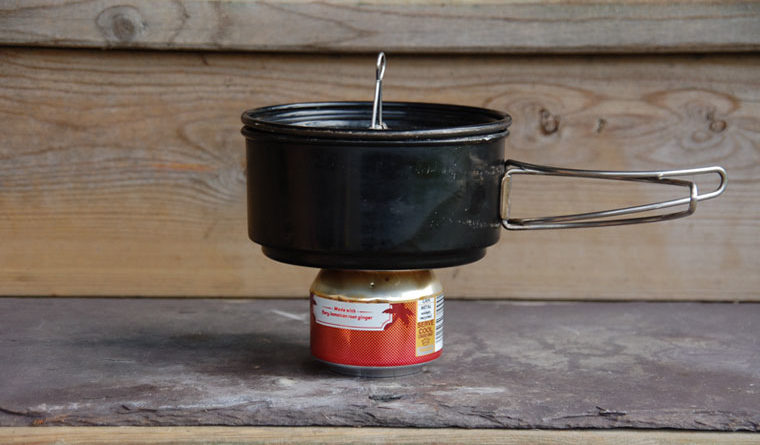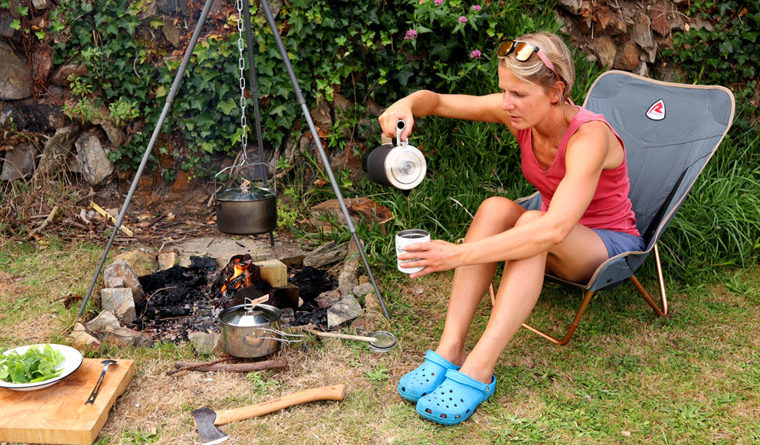Alpaca Wool For Outdoor Clothing
Long sooner than the inception of microfleece and polypropylene base layers, explorers have been using wool to keep up themselves warmth. Wool is unimaginable at retaining heat, so adventurers coated themselves in it – from woollen prolonged johns to that thick wooly jumper – for polar explorations and makes an try on the world’s highest summits. But standard wool garments is cumbersome, usually feels itchy and takes endlessly to dry as quickly as moist, leaving room for great lightweight, quick-drying synthetics to take over. However, wool has truly been making a comeback inside the remaining decade or so, with merino wool turning into the fibre of choice for out of doors lovers in the hunt for increased effectivity garments. Merino isn’t the one high-performance pure fibre available on the market though; whereas it’s not very properly known as a technical fibre, plainly alpaca wool is one factor of a hidden gem.
Why choose alpaca wool?
When you consider alpaca garments, you almost certainly take into account beautiful clean scarves and ponchos, additional applicable for a metropolis break than a go to to the mountains. But a greater take a look on the properties of alpaca wools reveals that it’s among the many highest performing fibres spherical. Like merino wool, alpaca is fabricated from keratin protein fibres, which have been confirmed to carry out very properly in harsh circumstances. Additionally, alpaca wool is unique in that its fibres are medullated – in layman’s phrases, sections of the fibre have a lot much less dense cores – which offers it an extra effectivity enhance.
The key benefits of alpaca wool
Alpaca retains you warmth inside the chilly and funky inside the heat. Like different types of wool, alpaca fibres have a pure curvature to them creating air-pockets contained in the weave. These air pockets help with thermal regulation all through a wide range of temperatures. Additionally, the medullated cores suggest that alpaca wool is extra cozy and additional cool!
Natural odour resistance and antibacterial properties. Synthetic fibres have a standing for being smelly and producers have give you therapies to unravel that, nevertheless alpaca wool doesn’t need any help on this division. It repels micro organism naturally, meaning it is odour-free even after heavy use. Since you’ll placed on alpaca for longer, one alpaca wool shirt can change two or three synthetic or cotton ones.
Alpaca wool is good as a sweat-wicking layer as a result of the fibres absorb sweat out of your pores and pores and skin and switch it outwards, meaning you’ll actually really feel dry and up to date even after a scorching, steep climb. When it does get moist, alpaca wool dries quicker than each different pure fibre.
Light nevertheless extraordinarily sturdy. Alpaca fibres have extreme tensile vitality and are pretty stretchy, so they are much much less susceptible to interrupt all through manufacturing or when knitted into your alpaca wool base layer. The “semi-hollow” building of alpaca moreover makes it extra mild, so alpaca wool mid layers are extraordinarily packable and glorious for preserving you warmth spherical camp or as an extra layer on the airplane.
Environmentally nice. Alpacas thrive when roaming semi-free (they’re usually corralled at night for safety) at extreme altitudes of their pure habitat: the Peruvian Andes mountains. Alpaca wool is a renewable fibre as a result of it grows once more yearly with out loads exterior have an effect on and it biodegrades when thrown away. As a bonus, alpaca dung is utilized by farmers as fertiliser and cooking gasoline; conveniently alpacas generally tend to utilize widespread dung piles, making it very simple to assemble!
Alpaca vs Merino
Everything talked about above can also be utilized to merino wool, so why do it’s important to choose alpaca? In fast:alpaca does each factor merino does, nevertheless increased. The distinctive, partial medullation of alpaca wool fibres signifies that an alpaca garment is often lighter, can wick additional moisture, dry additional quickly, retain additional heat and even maintain the wearer cooler than its merino counterpart.
While merino wool is lauded for being eco-friendly, an enormous distinction is the place the animals are farmed. If you buy Peruvian alpaca wool, you is perhaps assured that the animals it obtained right here from have been residing the place nature meant. On the alternative hand, Australia, the US and New Zealand are numerous the world’s largest producers of merino wool, nations to which merino sheep have been launched inside the ultimate 300 years.
As pure fibres, wools are biodegradable, nevertheless the wool we placed on – along with merino – usually undergoes chemical processing resembling super-washing (to remove lanolin and scales) and dyeing; and these chemical compounds can leach once more into the setting when garments leads to landfill. Production processes for alpaca supplies comprise minimal chemical compounds and pure dyeing methods are beginning to be used commercially. Natural dyes are principally plant based and caught with mineral salts, so the colours are biodegradable too! You shouldn’t assume that every one alpaca wool is coloured with pure dyes, nevertheless seek for corporations that use them, so that you simply is perhaps optimistic your alpaca garments acquired’t hurt the setting for those who finally retire it.
Is alpaca wool actually that nice?
So far, alpaca wool sounds too good to be true: a high-performance technical fibre that’s sustainably produced and totally biodegradable. But as with all the pieces,there are a number of disadvantages of alpaca wool:
Alpaca merchandise are costly. Alpaca is extra pricey than different fibres available on the market and manufacturing prices are excessive in comparison with artificial materials. This signifies that alpaca wool gear is an funding, however your clothes will outlast virtually another piece of clothes, so it’s value it!
There isn’t a lot selection on the market. The use of alpaca fibre in technical materials is model new, so presently only a few corporations promote alpaca outside clothes.
Is alpaca wool itchy? While many individuals discover softer than sheep’s wool (together with merino) it may well really feel itchy to some, so may not be for everybody.
Carbon footprint. If you’re shopping for Peruvian alpaca wool within the States or the UK, your garment has clearly travelled a protracted solution to get to you, so there’s at all times going to be a carbon footprint. But since alpaca clothes is such a distinct segment market, search for corporations that do all their manufacturing (wool to garment) inside the identical nation, so not less than air journey is lowered.
Fair wages for producers? Since most alpaca fibre is produced by particular person households, the producers have little negotiating energy with middlemen, so acquiring a good value may be arduous. Some co-ops and NGOs try to fight this, and because the trade grows, we hope that corporations will decide to paying honest costs and dealing instantly with producers.
Animal welfare. There have been some claims within the media that alpacas are poorly handled, particularly relating to shearing. Due to the normal nature of alpaca rearing strategies, that is unusual: alpacas are essential commodities to their house owners, so are typically handled very properly. Unfortunately, at any time when an trade will get large enough, remoted incidences of cruelty can’t be dominated out, however in our expertise, poor remedy of alpacas is unquestionably an exception.







